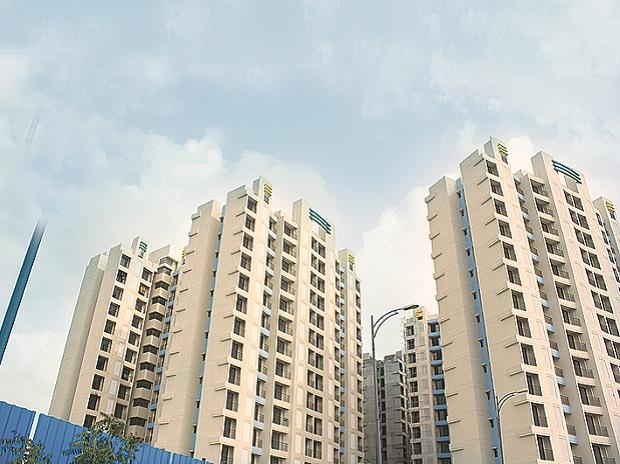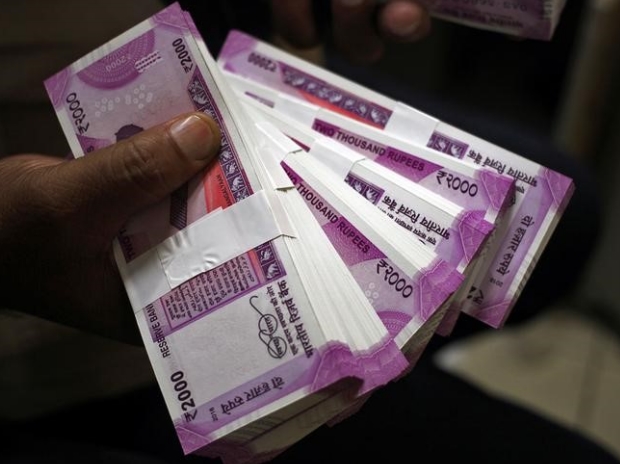The government will issue its ‘outcome budget’ later this week. This is to contain tangible targets, including output and outcome, that it aims to meet for all schemes and programmes it funds.
Outcome-based budgeting began from the 2017-18 Union Budget. The idea is to monitor centrally sponsored schemes, partly funded schemes, loans, programmes and any other endeavour into which funds are pumped. Schemes were earlier monitored on three parameters — input, activity and output. They are now monitored on outcome and impact as well.
For example, the Pradhan Mantri Fasal Bima Yojana saw Rs 90 billion allocated to it in 2017-18. With that sum, the Centre aimed to deliver insurance coverage to 40 per cent of the gross cropped area. The outcome it hoped for was risk minimisation by 60 per cent of about 60 million farmer households.
Similarly, the urban component of the Pradhan Mantri Awas Yojana was allocated Rs 45 billion. For that money, the Centre aimed to sanction assistance to 2.4 million houses approved by states, ensuring 75 per cent occupancy. And, work on improving the living condition of urban poor, including slum rehabilitation by providing all-weather self-owned housing units, with adequate basic services and read more









